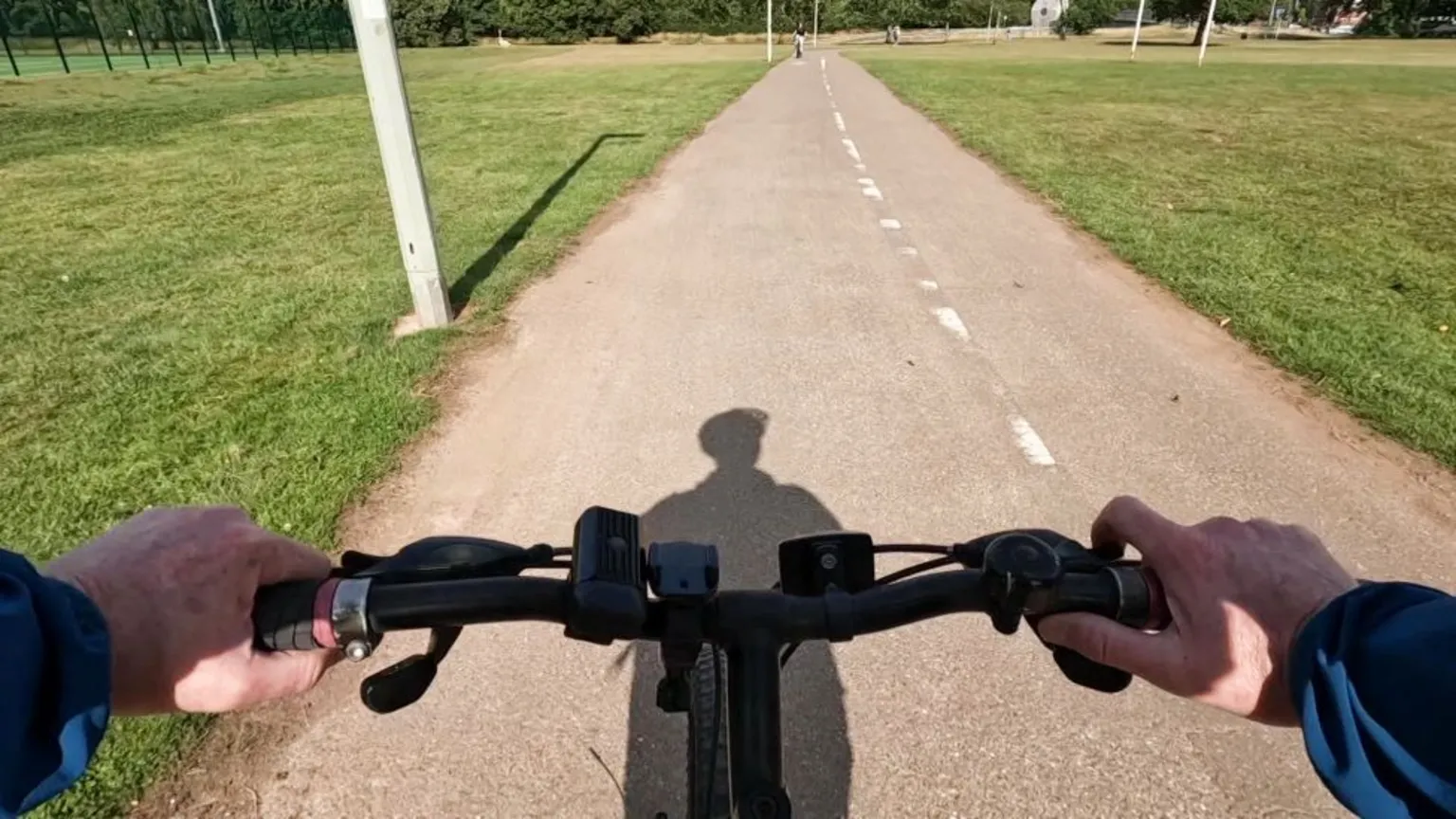Challenges in cycling infrastructure and active travel in Plymouth have been highlighted by residents and local organizations, revealing a pressing need for improvements in accessibility and safety for cyclists in the city.
Current Situation in Plymouth
Mark Swarbrick from the Plymouth Cycling Campaign has described the city’s cycling conditions as hazardous, pointing to a fragmented network that often leaves cyclists feeling exposed. According to Swarbrick, “The infrastructure in Plymouth is fragmented; cycle paths often seem to simply disappear, leaving riders stranded in congested traffic.”
Many of the city’s cycle paths lack proper segregation from busy roads, where cyclists are frequently placed alongside drivers navigating at speeds of 30mph to 40mph. This setup not only endangers those on bicycles but also discourages potential cyclists from opting for this mode of transport for short journeys.
Government Initiatives
In an effort to promote walking, cycling, and wheeling as preferred modes of transport for short trips, the government has set an ambitious target for 2030, aiming for 50% of local journeys to be made this way. Local authorities can seek funding from Active Travel England to improve walking and cycling routes.
In a bid to support these initiatives, Plymouth City Council received £1.3 million from the Department for Transport to enhance cycling infrastructure. Part of this funding is designated for creating a high-quality, traffic-free route between Colesdown Hill and Saltram Meadow; however, critics like Swarbrick argue that the existing cycle routes remain disconnected.
Community Concerns
Swarbrick insists that unless the political will exists to create a comprehensive and connected cycling network, achieving a substantial increase in active travel in Plymouth may not be feasible. He expresses concern that, “We are well short of the collaborative efforts needed to develop the network required to foster active travel.”
Comparative Developments in the Region
While Plymouth faces hurdles in enhancing its cycling network, other towns in Devon, like Exeter, have celebrated success. A recent £1.7 million investment in a traffic-free route along Rifford Road aims to offer safe pathways for cyclists and pedestrians alike. James Diamond, chair of the Exeter Cycling Campaign, has praised this initiative, claiming it makes travel “not only safer but also affordable while addressing air pollution issues.”
Following the implementation of this traffic-free route, an impressive count recorded over 1,200 users in a single day, which included pedestrians, cyclists, and mobility scooter users.
Enhancing Transportation Options in Plymouth
Plymouth City Council has recognized the existing gaps in the walking and cycling network and is committed to driving further improvements. They acknowledge that these gaps can hinder travel options for residents and visitors alike. A commitment to enhancing the cycling infrastructure is burgeoning through ongoing investment discussions, aiming to create an effective and accessible transport system.
The Need for Safe Cycling
As awareness grows about the benefits of active travel, from improved physical health to reduced carbon emissions, it becomes increasingly essential for local authorities to prioritize investments in safe cycling lanes and walking routes. The fragmentation of existing paths remains a significant barrier, but there is hope for a robust network that can encourage more individuals to opt for cycling as a viable transport option.
Historical Context of Cycling Infrastructure
Historically, cities across the UK have grappled with establishing cohesive cycling networks. Fragmentation often arises from changing urban designs, the historical layering of different transport infrastructures, and shifting political priorities. Environmental considerations and sustainable development trends have started to reshape urban planning, emphasizing the importance of incorporating safe cycling lanes and pedestrian pathways into city designs.
Various metrics used to gauge progress show that, across many regions, there is an upward trend in cycling participation as cities invest in infrastructure improvements. However, the effort must not only focus on physical paths; community engagement and awareness are vital for creating a cycling culture.
Future Implications for Tourism
As cities push for better cycling infrastructure in tandem with eco-friendly initiatives, the implications for tourism become evident. Accessible and safe cycling routes can enhance the experience for visitors who prioritize active travel. Cities like Plymouth, known for their maritime charm, could transform these improvements into unique selling points for tourism, attracting visitors keen on exploring destinations by bike.
Ultimately, the success of cycling initiatives in Plymouth also ties into broader environmental goals and sustainable tourism practices, encouraging both residents and visitors to engage in active travel and enjoy the beautiful landscapes safely.
For those considering adventures on the open water, traveling to picturesque spots by boat or yacht opens up a world of possibilities, from explorations of breathtaking beaches to fishing in serene lakes. Engaging in such marine activities can complement land-based adventures, promoting a holistic travel experience.
In summary, as Plymouth navigates the complexities surrounding its cycling infrastructure, its steps towards improvement bear significant relevance for a diverse range of travelers. Whether looking to explore by land or sea, the more accessible a destination is, the more it can flourish, enhancing both everyday travel and the tourism experience as a whole. For those eager to connect with nature and embrace active travel, exploring options can be seamless.
GetBoat.com is always keeping an eye on the latest tourism news, ensuring travelers have up-to-date information for their journey planning.


